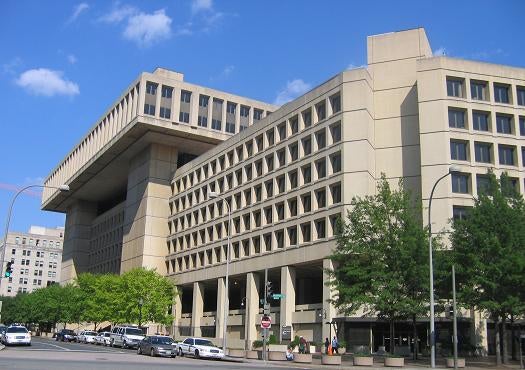What Information Can The Justice Department Get From Your Phone Records?
The U.S. Department of Justice has subpoenaed the Associated Press's telephone records. How much data will officials have access to?

Yesterday the Associated Press reported that the U.S. Department of Justice used subpoenas to collect telephone calling records for many of their journalists and editors. In doing so, the AP brought light to an interesting crisis at the nexus between secrecy, privacy, constitutional boundaries, and modern technology.
The relevant law for wiretapping phone communications dates back to a 1979 Supreme Court decision, which said there is a distinction in privacy between dialing a number and listening to a call; the Supreme Court narrowly limited protection to the latter.
The backstory: Last year, the AP ran an article about an al-Qaeda underwear bomb plot that relied on sensitive information given to the news service by an undisclosed source. The Department of Justice considers leaking classified information to be a national security risk. When someone leaks to the press, the department’s policy is to pursue the leak, not the journalists who extracted it.
Which is why the Justice Department went after the AP’s phone records. A list of numbers dialed by editors and journalists is in theory a good place to start looking. Under current wiretap law, dialed numbers are not afforded the same protection as calls, and can be obtained without a warrant.
Here’s the problem. When the Supreme Court set the legal precedent back in 1979, phone records contained much less information. Nowadays, a phone record’s metadata includes not just the phone number, but the time the call took place, the call origin, the call duration, and the carrier.
The Electronic Frontier Foundation, a non-profit dedicated to the protection of digital rights, said in a statement released yesterday that it “no longer makes sense to treat calling records and other metadata related to our communications as if they aren’t fully protected by the Constitution.”
Electronic communications have improved drastically since the legal precedent was set, and the amount of revealing data now transferred with a phone call is far greater than just a telephone number. But the law has yet to catch up with technology—which means the Justice Department has access to a lot more than just the numbers dialed by the AP’s journalists.
